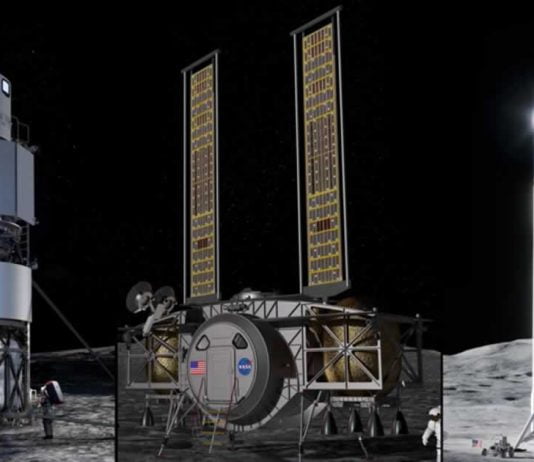NASA confirmed that it had awarded SpaceX a contract for $2.89 billion to return astronauts to the Moon in 2024, thus beating Blue Origin.
According to NASA, the Starship of SpaceX was the best technical offer and had the lowest price by far. NASA specified in a press conference that they chose the one that best suited the needs of the Artemis program.
On December 8, 2020, Nasa had three plans for lunar landers. Two of them should be funded for a moon landing in 2024. But NASA only got a quarter of the necessary budget from the US government. The budget wasn’t enough for a single lunar lander.
SpaceX was awarded the contract to build the only lunar lander. SpaceX offered “by far the lowest price” and the best-rated offer at a total of $2,941,394,557.
The selection report shows that, in addition to the agreed price, SpaceX is paying more than half of the development costs itself, which also includes the development of the Starship with the super-heavy launcher. The power reserves of the system should also make much more far-reaching missions on the Moon possible than originally planned.
The contract for the so-called Human Landing System (HLS) of the Artemis Program also aspired to Blue Origin, the aerospace company of Bezos, founder of Amazon. The offer from Elon Musk, founder of SpaceX, thus surpassed that of Dynetics and also that of Bezos, who had partnered with Lockheed Martin Corp, Northrop Grumman Corp, and Draper.
Musk’s company will thus be in charge of continuing the development of the first commercial human lander that will safely carry the next two American astronauts to the lunar surface.


